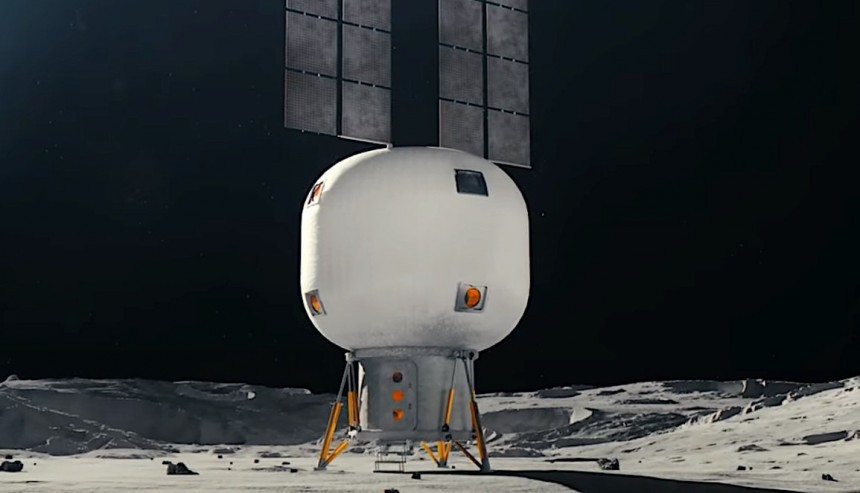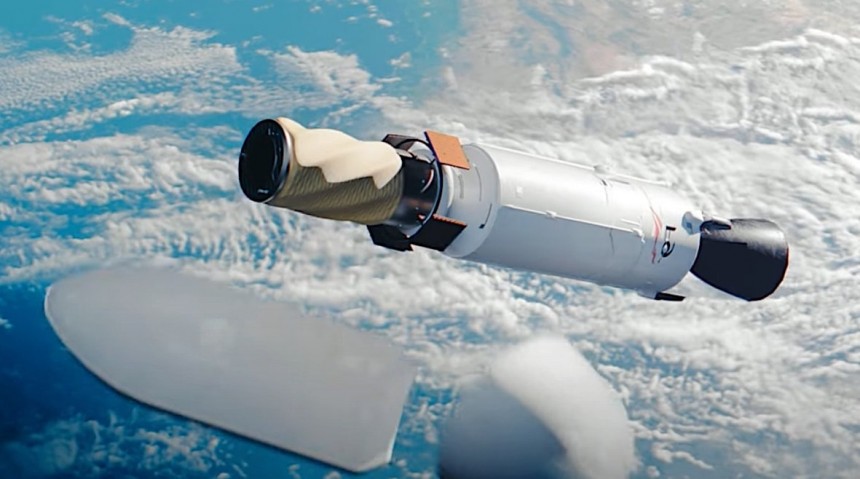Inflatable space habitats are a relatively new concept in space exploration. Although people started thinking about these things in the 1960s, when the original space race was at its peak, inflatables didn’t become state-of-the-art until private space pioneers truly made space accessible to everyone with launches that were much cheaper than before. Space technology.
Currently, humanity’s direct presence beyond Earth’s borders is achieved through two space stations: the International Space Station (ISS) operated by the United States, Russia and their partners, and China’s Tiangong.
After the main components are launched from Earth, they are assembled in orbit and are in a state of readiness. These space stations have metal structures and modules because, so far, using metal is the only way we know of to make a habitat strong enough to support the harsh conditions in large spaces.
This approach does come with its own set of drawbacks, however, the biggest of which is the cost of each launch and the eventual size of the space station.
Take the International Space Station as an example. After 30 separate launches over 10 years, the oldest operating orbiting laboratory is fully assembled. Its cost, including development, assembly and operating costs over more than a decade, is a staggering $100 billion. It can accommodate only seven people at a time and has 935 cubic meters (33,023 cubic feet) of space.
Tiangong will be completed after 11 missions, costing approximately US$8.2 billion. It has 340 cubic meters (12,000 cubic feet) of pressurized space and can accommodate only three astronauts.
On their own, both space stations are adequate for the mission they were designed to do, but if we were to truly expand into space and other worlds, using pre-assembled structures made of metal delivered in multiple stages would be prohibitively expensive and inefficient low.
Photo: Maximum Space
This is where inflatable habitats come in.
Several companies are currently working on such technology, including Lockheed Martin, Airbus and a range of startups. Most of the designs developed by these guys pale in comparison to the secrets of the Max Space team.
The company is relatively new to the private space industry, but has considerable experience behind it thanks to its founders. One of them is Aaron Kemmer, the man behind another space startup called Made In Space. “The first manufacturing company in space” Another is Maxim de Jong, the brains behind the Genesis I and II inflatable habitat pressure shells launched into orbit by Bigelow Aerospace more than a decade ago. They still orbit our planet, and as a proof of concept, the ideas have merit.
But the project Max Space is planning is much bigger than the goals of two Genesis or other companies working on inflatable habitats. For example, imagine something that, once deployed, would have a pressurized volume of over 10,000 cubic meters (353,000 cubic feet). That would be enough to establish permanent human outposts not just in space, but on planetary surfaces.
Max Space announced the technology at the 39th Space Symposium in Colorado Springs earlier this month. Details about it haven’t been released, but we do know enough to paint a pretty good picture.
Max’s ideas rely on scalable architecture,”break down“Break the pressure shell into uncoupled structural elements. As a result, the habitat can not only be launched with a single rocket (provided by SpaceX or Blue Origin), but can also be expanded.”

Photo: Maximum Space
How scalable? Imagine putting the entire International Space Station into orbit in just one mission, costing just $1 billion. The cost will naturally rise for larger structures, but it will never come close to what a space station consumes.
The habitat’s shell is made from an undisclosed material that is ballistic-grade while being stronger than existing metal structures. The material has a tensile strength of 28,800 pounds and a maximum burst limit of 69 pounds of force per square inch.
Marks claimed the habitat had the smallest mass of any other pressurized structure, but did not elaborate.
We expect to see the first habitat built by the company in space as early as 2026, when the technology makes its first test flight with the help of a SpaceX rocket. If the results go well, Max Space plans to produce a complete range of these products, ranging in size from 20 to 1,000 cubic meters (706 to 35,000 cubic meters).
Such habitats have many potential uses, from orbital stations to outposts on the surface of the Moon or even Mars. However, it remains to be seen whether Max Space will be the force that makes this technology work, or if it will become just another startup that the world will soon forget.

#giant #space #balloon #home #Mars
Image Source : www.autoevolution.com
